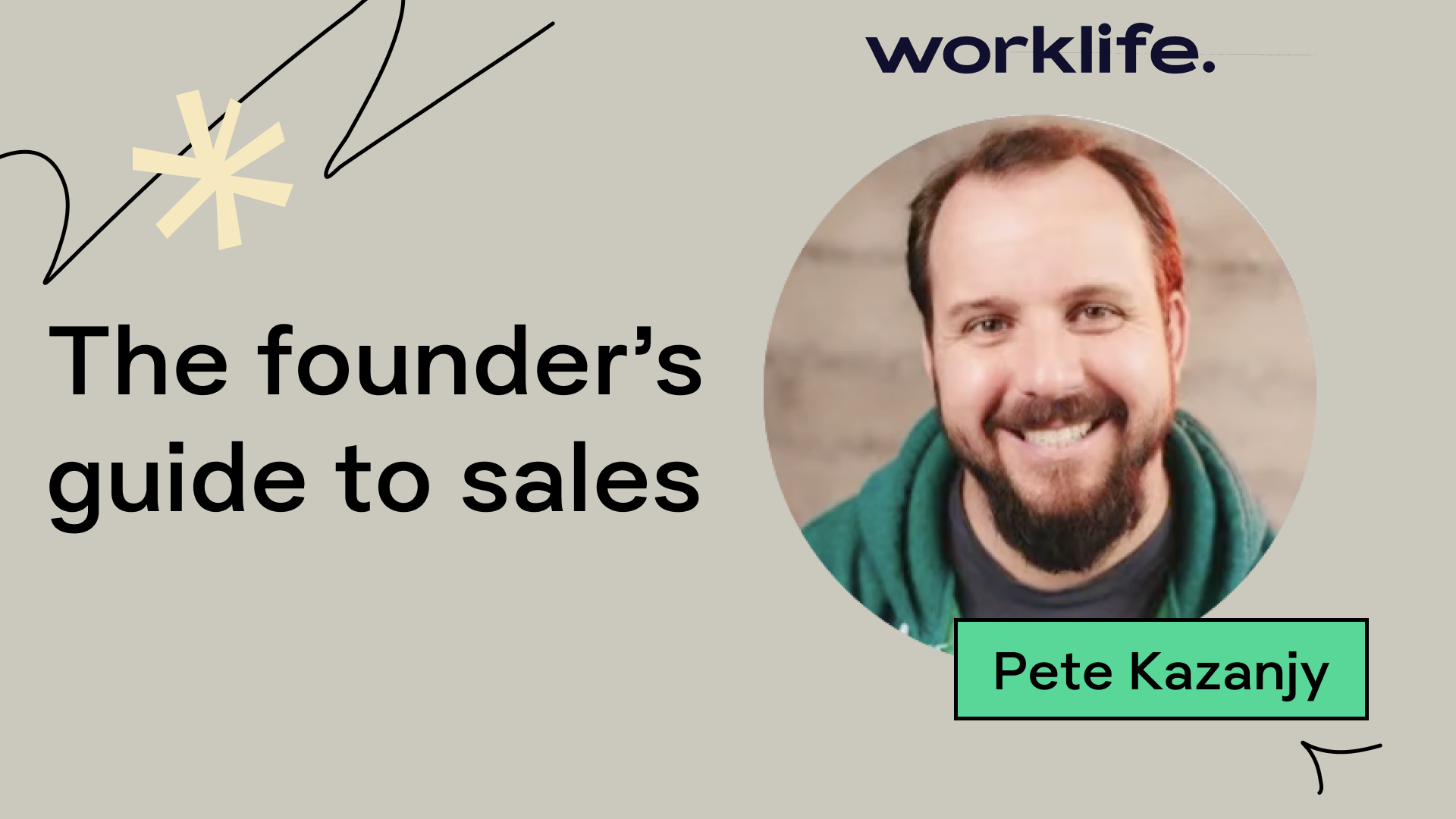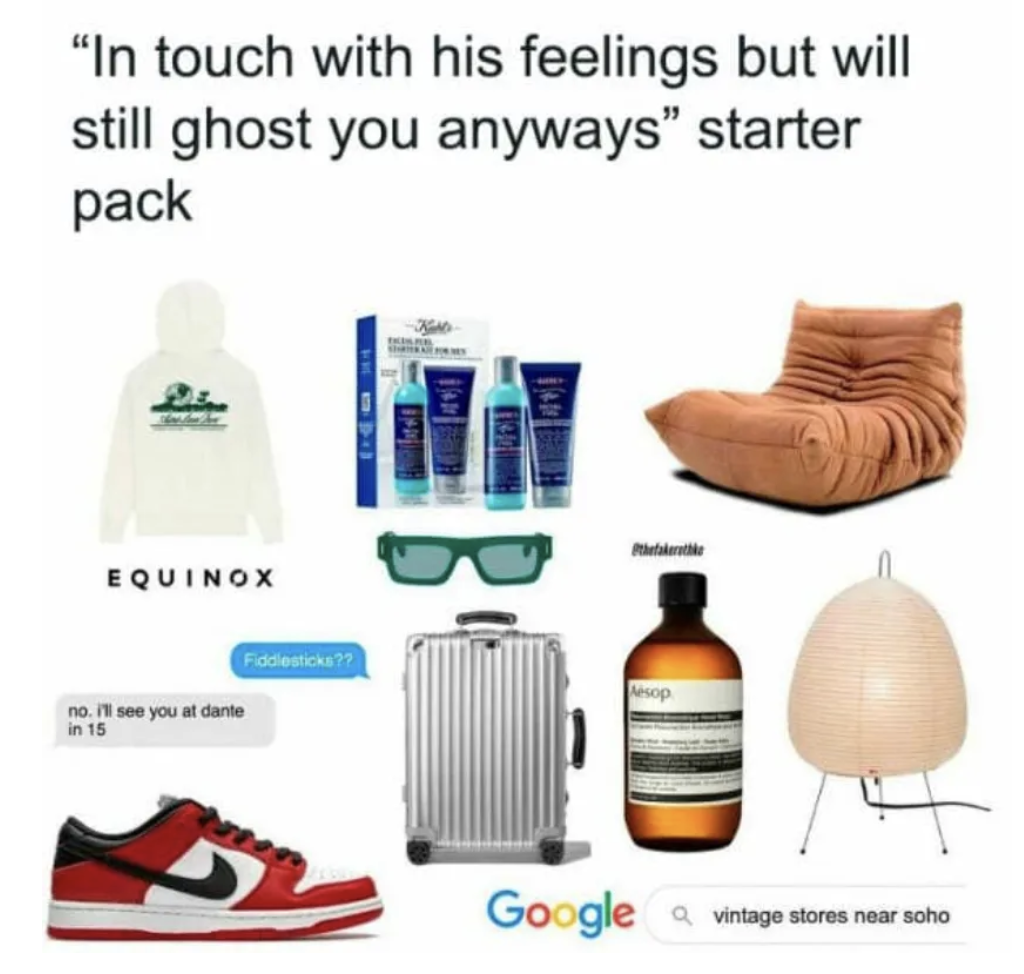“It’s just something I do on the side” or “It’s only a hobby” are popular utterances among artists and creators who wish to sell their work, but don’t know where to start. While it won’t happen overnight, there are some avenues you can explore to turn your passion into a profit. Worklife collected a few tools to help you find your audience and sell what you’re creating.
Become a vendor

One of the number one ways emerging artists find traction is at local fairs, markets, and really any event asking for vendors. These events will help you establish yourself as a person and not just a faceless name or signature at the bottom of a piece.
At events, you’ll learn about the work you create and how to market it; you’ll find out firsthand what kind of people are most interested in your art, what price points are most successful for different pieces, and what sells.
Let’s say you’re having trouble selling a large framed painting, creating some medium-smaller works will allow your pieces to be most accessible to a larger audience. Rather than immediately attempting to sell a very large piece at a higher price point, start off selling many less expensive pieces fit for first-time buyers and art lovers on a budget.
Becoming a regular at these events is a great way to garner a following, and before you know it you might have customers attending events for the sole purpose of purchasing your art.
Here are some examples of markets we love around the US:
- Manic Pixie Dream Market
- The Menagerie Oddities Market
- ThriftCon
- A Current Affair
- Grand Bazaar NYC
- Melrose Trading Post
Find your niche
And if you already have one, fully embrace it! Some of the most successful artists and creators today all have something in common; a niche.
Whether you enjoy making miniature, ceramic arctic animals or oil-pastel drawings of fictional characters, you’re likely to stand out among the crowd for commitment to a specific niche. It helps with branding, too. It’s a lot easier to find a memorable, catchy name for art that is hyper-specific than something very general.
This goes hand in hand with where you sell, let’s say you’re niche is art depicting food, you can get in on food-themed events and access instant audience alignment. Still not sold on the niche idea?
Just look to animator and fiber artist Andrea Love, whose unique stop-motion videos have resulted in 2.4M Instagram followers and collaborations with brands like Netflix, Loewe, and more.
Build an attractive online presence

There’s a lot to be said for an attractive website and Instagram.
One of Worklife Studio’s artists in residence, Jakey Pedro, got his start posting his artwork on Instagram for fun. Next thing he knew, prospective buyers were asking if it was for sale.
Nowadays, all sorts of creators get found on Instagram, a simple DM from a collaborator can change everything. As a start-up ourselves, we’re reminded time and time again that presentation has power.
Often, a website or social media account will be a first impression for potential buyers and collaborators. Website builders like Webflow provide user-friendly methods of effectively building an online presence.
Even a simple site with photos, prices, and contact information drastically increases your amount of potential customers. Utilize social media like Instagram to its fullest potential, and make your feed a gallery devoted to your work.
We particularly enjoy scrolling through local photographer Clifford Prince King’s IG feed, or catching up with illustrator Enikő Katalin Eged.
Consider technological resources
In the same vein, look into e-commerce. If you feel like you’re in the right spot to start selling online, make it happen! You might have buyers halfway across the world who are just waiting to find work like yours. let technology help you find an audience and get noticed online.
We know the logistics become overwhelming at times; starting a small business or getting your product in stores is a huge undertaking.
It can be extremely difficult to act as your own marketing director, social media coordinator, graphic designer, or photographer while executing everything else required to sell your work.
Worklife is happy to tell you there are some ways technology can help with the nuts and bolts of your business so you can devote more time and effort to creativity.
- We recommend checking out Pietra’s new retail connect feature, which helps you get your products/work into retail shops everywhere. The small-business-friendly tool matches and connects you with retailers and facilitates shipments.

- In a similar vein, Openmart helps startups find retail and e-commerce leads quickly. Users can learn where their communities are selling and review hundreds of local businesses in seconds. AI works in your favor to complete tedious tasks quickly, like filtering out businesses that don’t meet your unique criteria. Read more about it here.
Connect at every chance you get
While it might seem obvious, connections truly are everything.
Attend gallery openings and parties, and have a spiel ready when people ask what you make.
Don’t be afraid to contact artists, galleries, community groups, and more.
As an community space and art gallery, Worklife will be the first to say that we love hearing from artists.
Even if we’re not in a place to host them, we always add them to email lists regarding upcoming events where they can network and keep them in mind for future projects. The bigger your community, the more opportunity you open yourself up to.







